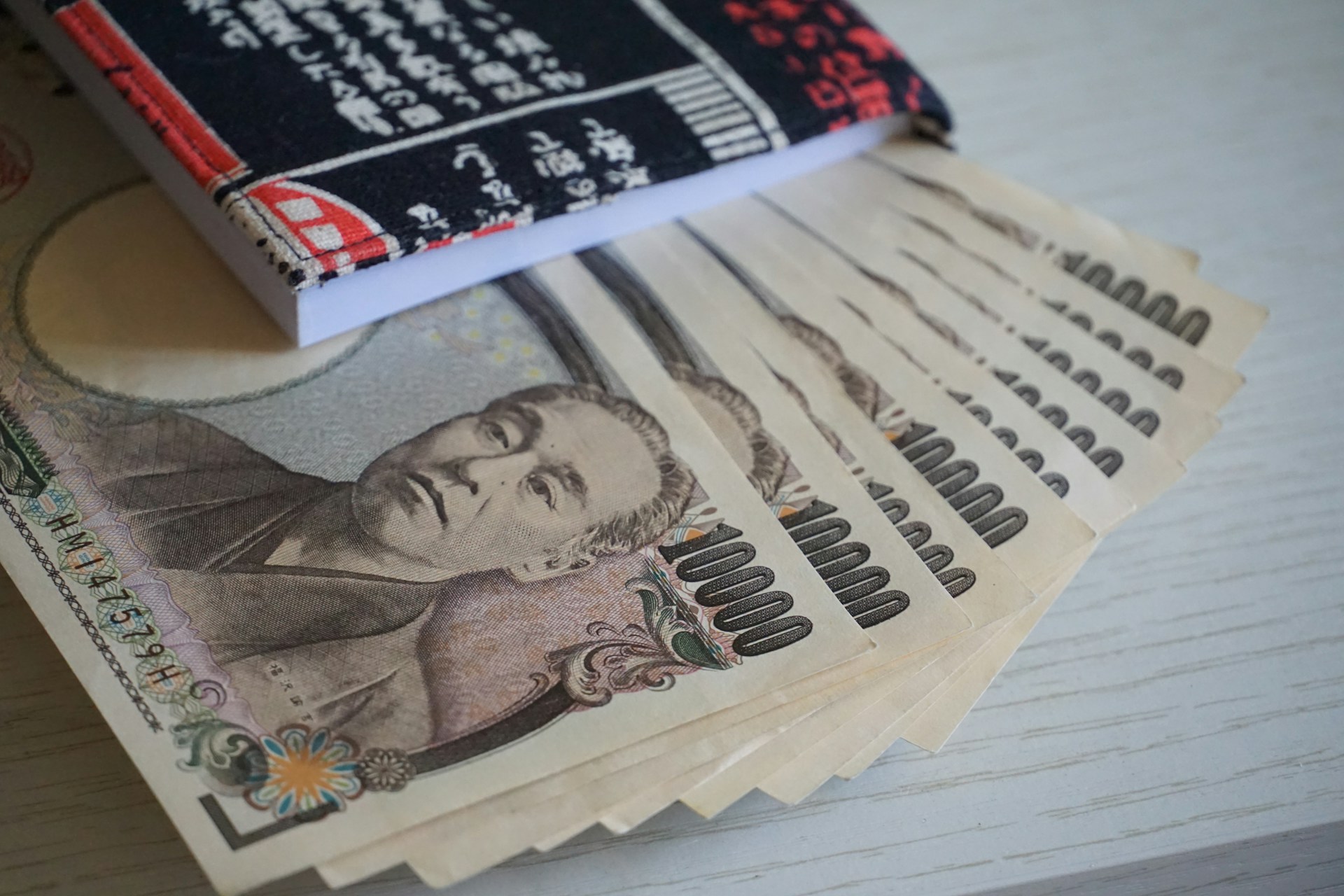Japan’s ministry of Finance intervened in foreign exchange (FX) markets for the second time in less than two years on Monday morning, aiming to stem a near-relentless depreciation of the Yen against the US Dollar. That weakening became worse following the Bank of Japan’s (BoJ) decision last week to dismiss any talk of rate hikes in reaction to Yen volatility. A lack of any further tightening at the BoJ in the near term would likely keep demand for the Yen suppressed relative to currencies associated with higher inflation-adjusted “real” rates.
It is not yet known how much cash Tokyo unloaded to reverse the course of USD/JPY trading but, based on its previous episode of intervention in Autumn 2022, it may have spent tens of billions of Dollars. Though that previous effort was successful in propping up the Yen for some time, the effectiveness of their action was rooted in timing as much as it was in the amount of capital expended, coinciding with a shift in the policy trajectory of the US Federal Reserve.
Related ETFs: Invesco CurrencyShares Japanese Yen Trust (FXY), iShares MSCI Japan ETF (EWJ), iShares Currency Hedged MSCI Japan ETF (HEWJ)
Early this morning, the US Dollar’s exchange rate with the Japanese Yen (USD/JPY) strengthened to more 160.00 for the first time since 1990, continuing a slide that has been ongoing almost relentlessly since early 2021. The decline has become so drastic that the Japanese Ministry of Finance was forced to intervene in currency markets for the second time in less than two years to stem the bleeding of the Yen’s value. That helped to narrow the latest decline, pushing USD/JPY back toward 156.00, but this action is more of a band-aid than a long-term solution to the underlying issue Japan faces – very loose monetary policy compared to a world flooded with comparatively high interest rates.
As MRP has noted many times throughout the past several years, exchange rates often follow the direction of the real interest rates impacting each currency. For this report, we will define inflation-adjusted or “real rates” as the difference between the short-term policy rate of a central bank and the inflation rate within that bank’s country of jurisdiction. Real rates are a significant consideration when approaching foreign exchange markets because, however enticing a short-term yield may be, it doesn’t buy much if the purchasing power of the currency diminishes by more than the interest earned; or it can buy even more if purchasing power improves. Though policymakers at the Bank of Japan (BoJ) raised its benchmark short-term rate for the first time in 17 years last month, ending a long-standing regime of negative interest rates and yield curve control (YCC) which had been in place since 2016, that ultimately brought the policy rate to an upper limit of just 0.1% (up from -0.1% previously). Therefore, YoY consumer price inflation of 2.7% in the most recent reading puts Japan’s real rate well into negative territory. In the US, meanwhile, the upper limit of the US Federal Reserve’s policy rate is 5.5% with the latest annual change in CPI at 3.5%. This means the US’s real rate is still very much in positive territory.
If the spread between these two real rates were to narrow, that would likely serve as a bullish catalyst for the Yen, but this outcome is largely conditional upon…
To read the complete Intelligence Briefing, current All-Access clients, SIGN IN All-Access clients receive the full-spectrum of MRP’s research, including daily investment insights and unlimited use of our online research archive. For a free trial of MRP’s All-Access membership, or to save 50% on your first year by signing up now, CLICK HERE










